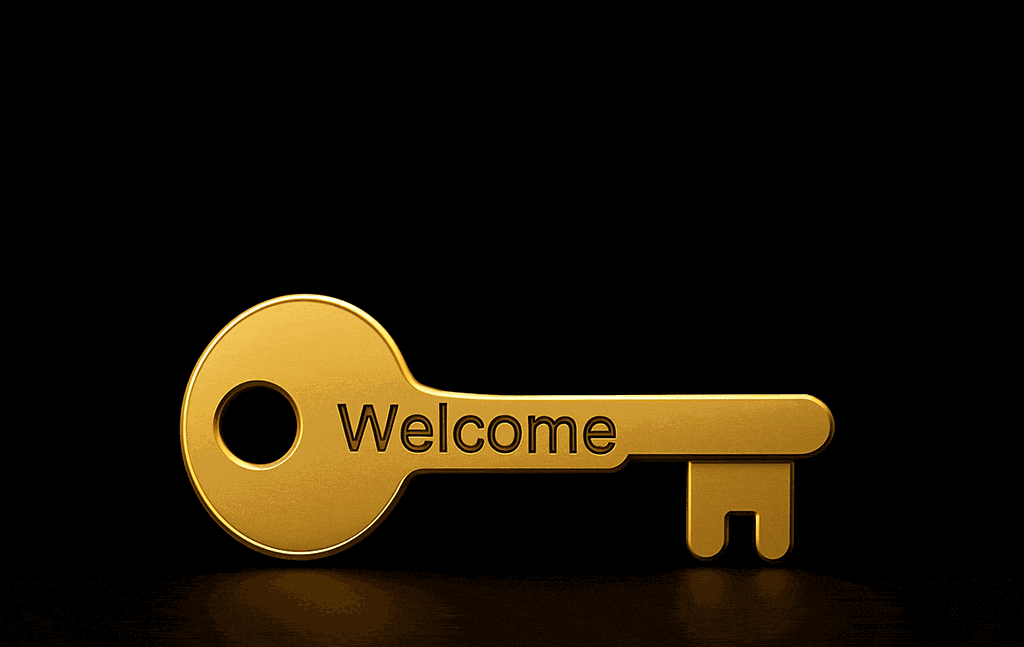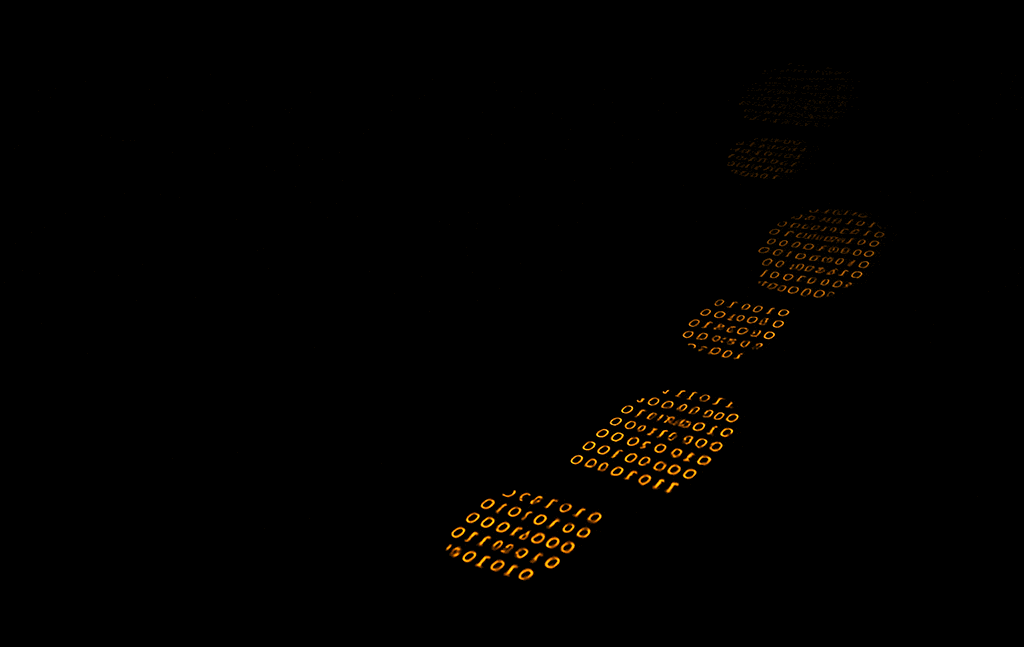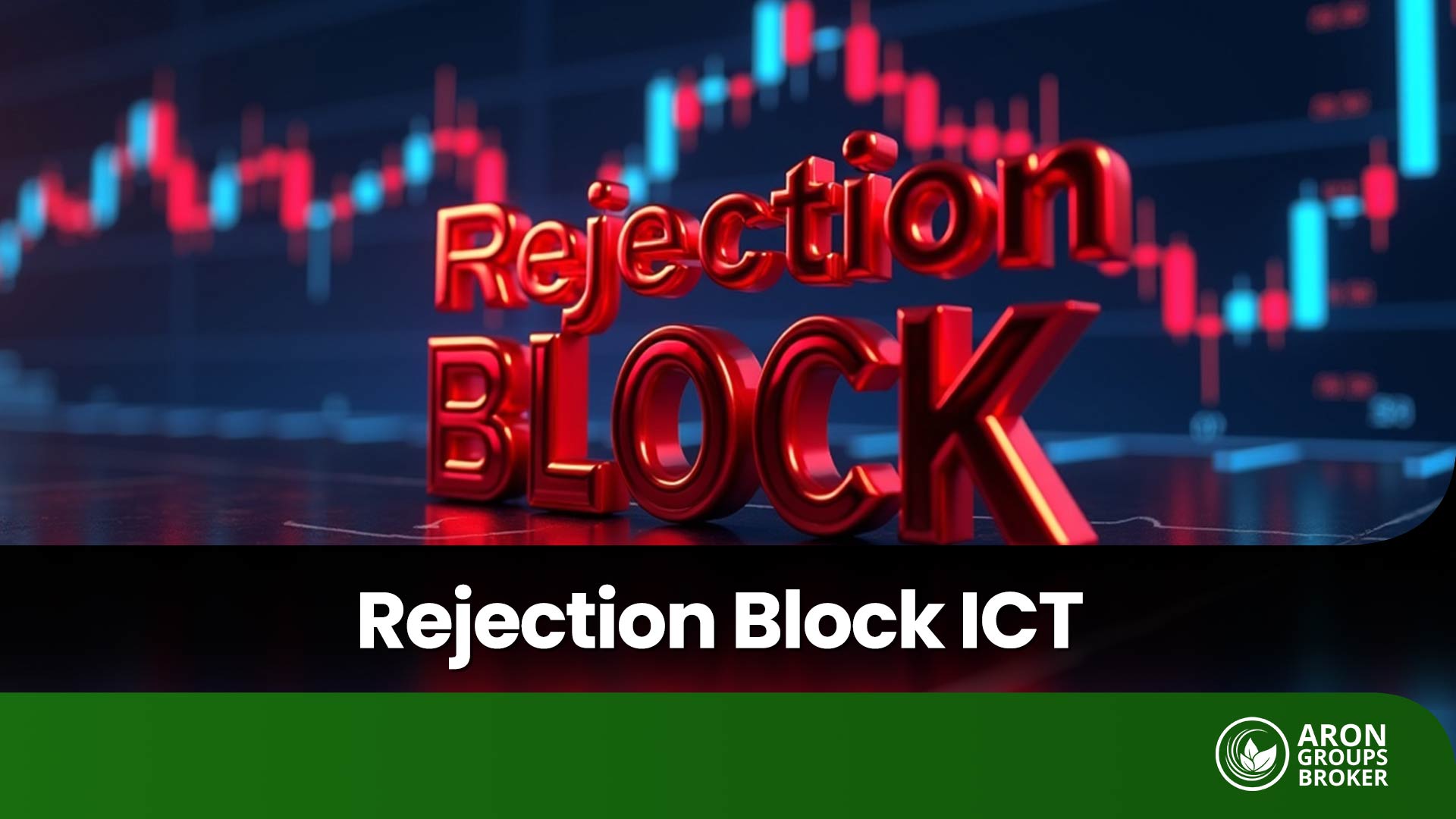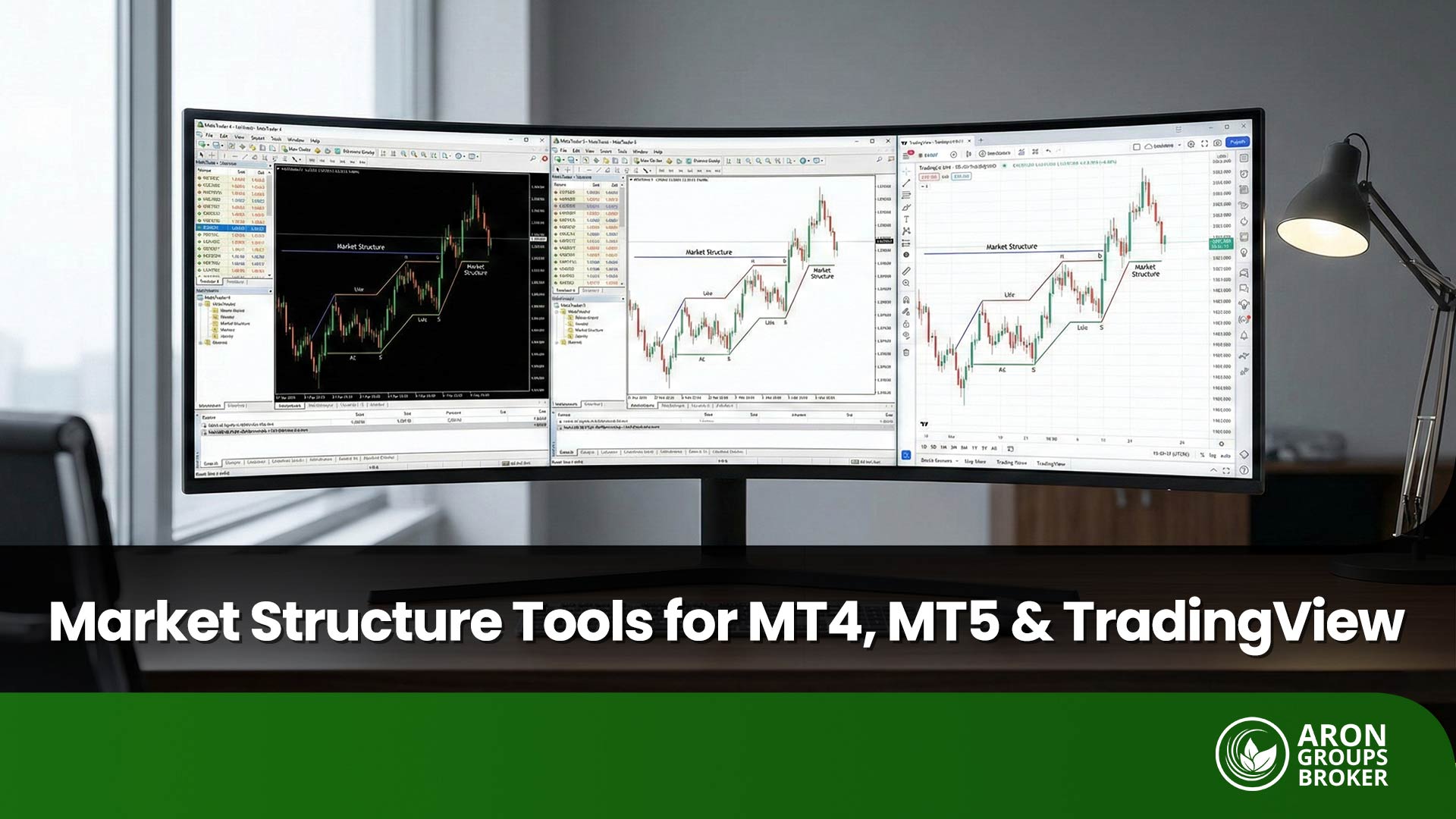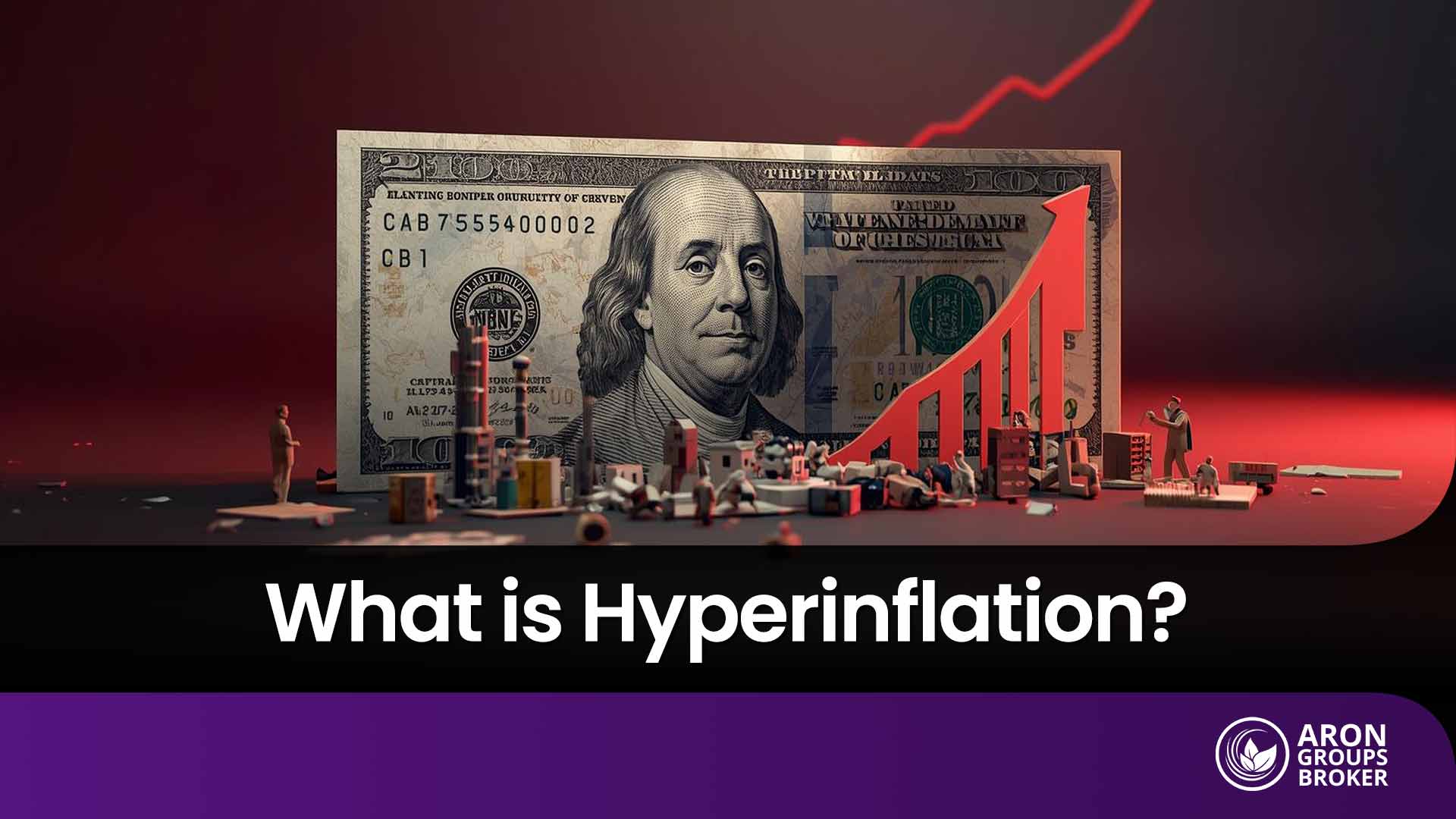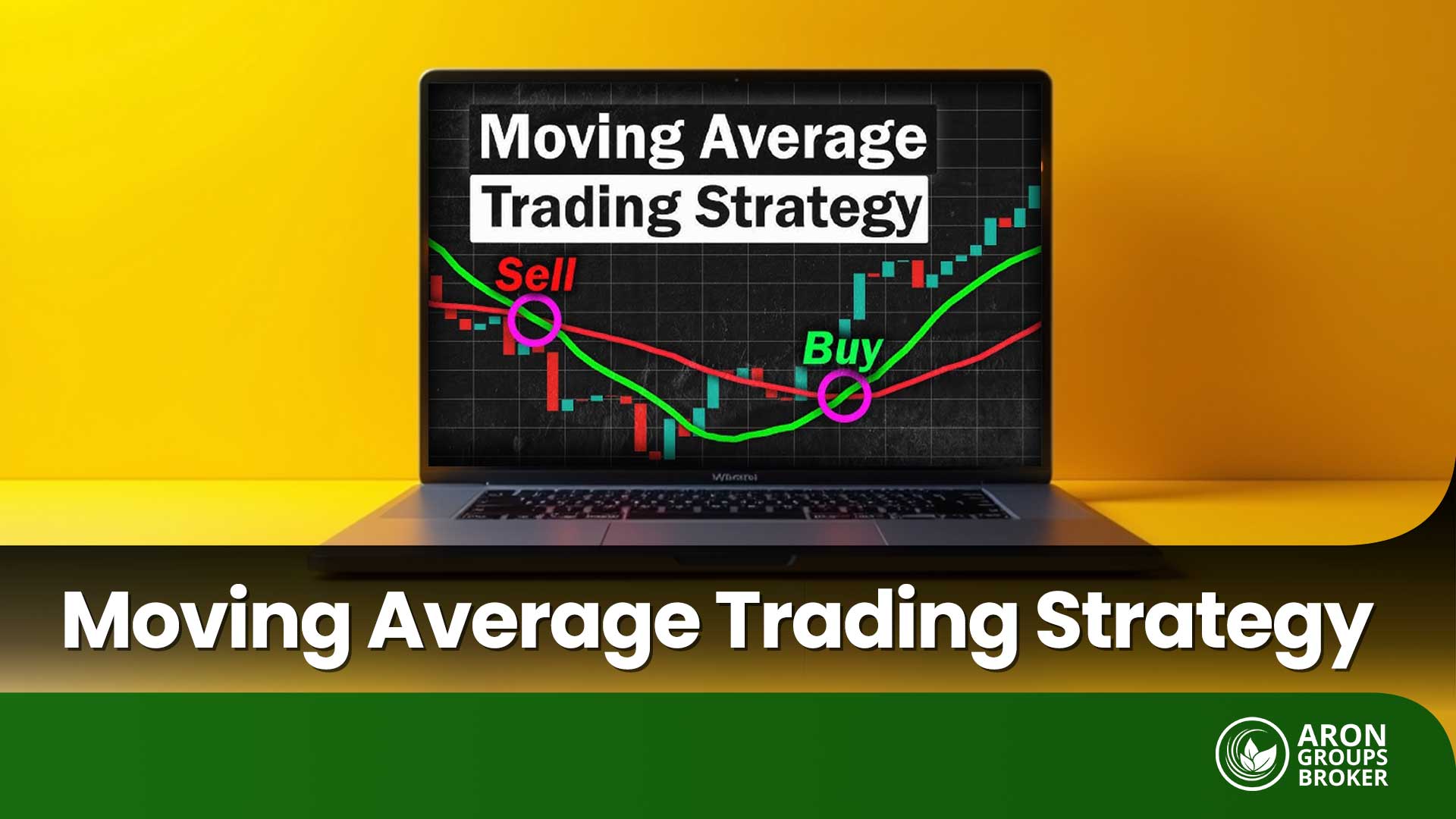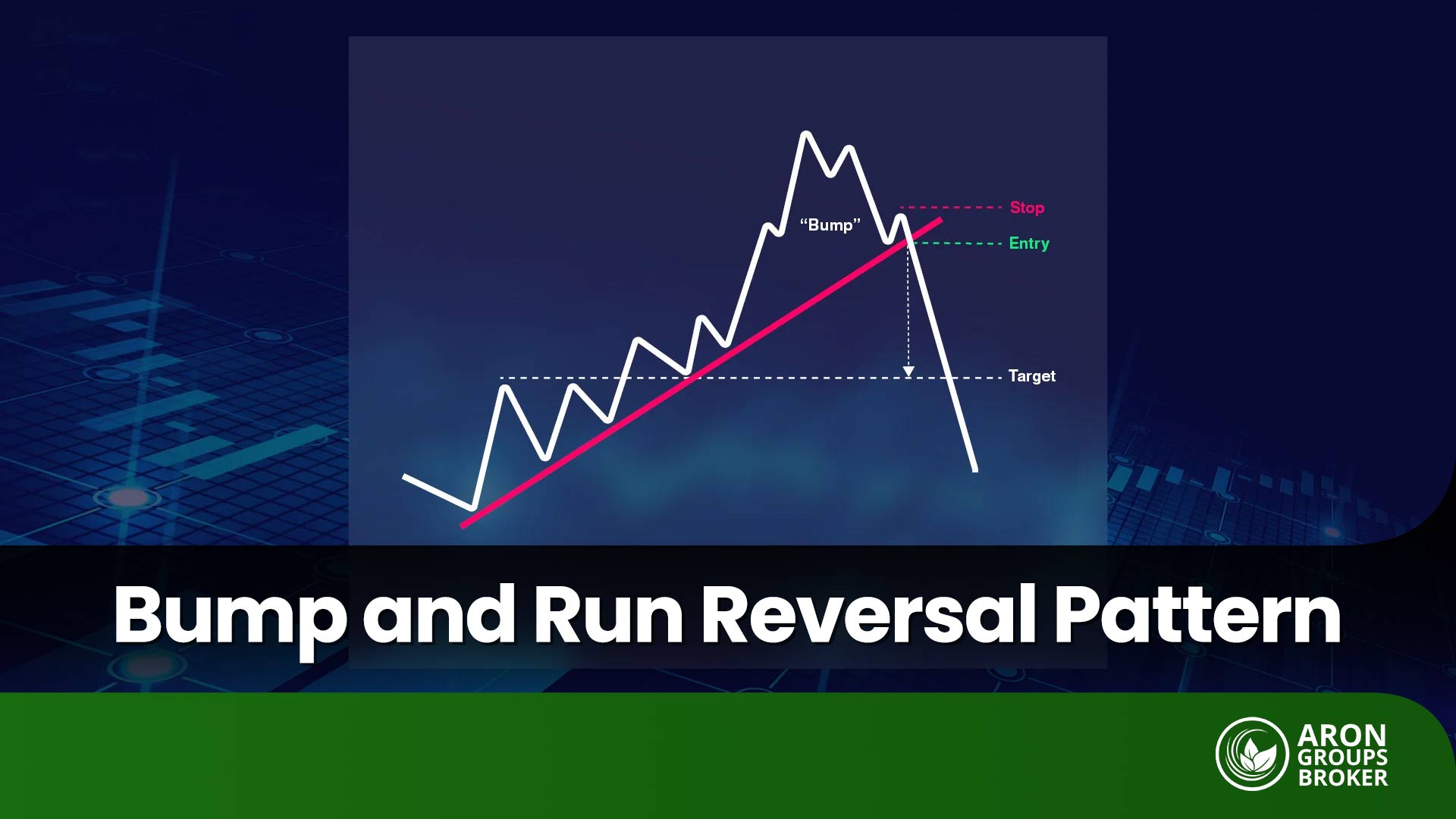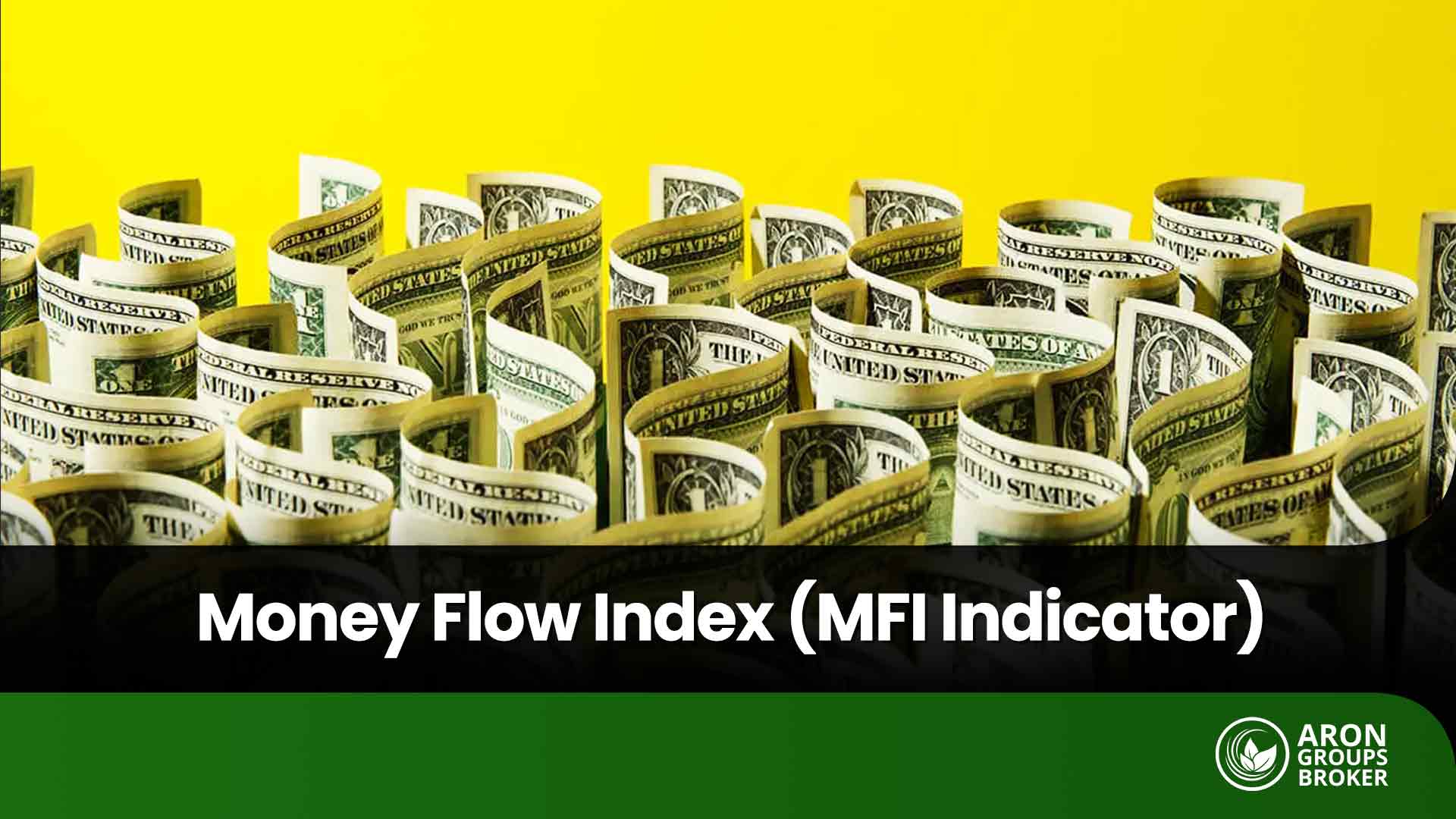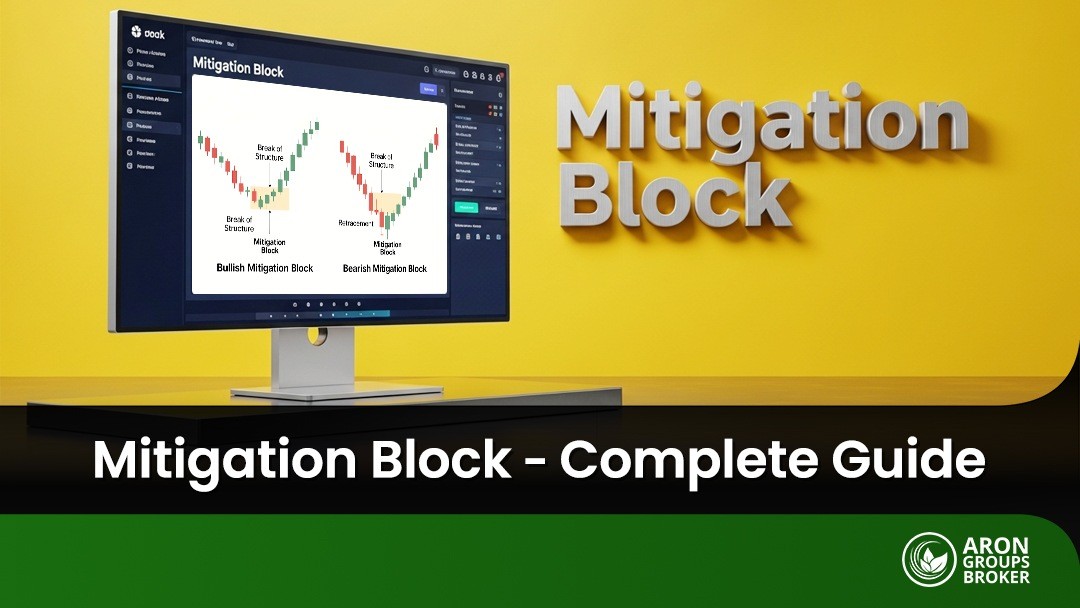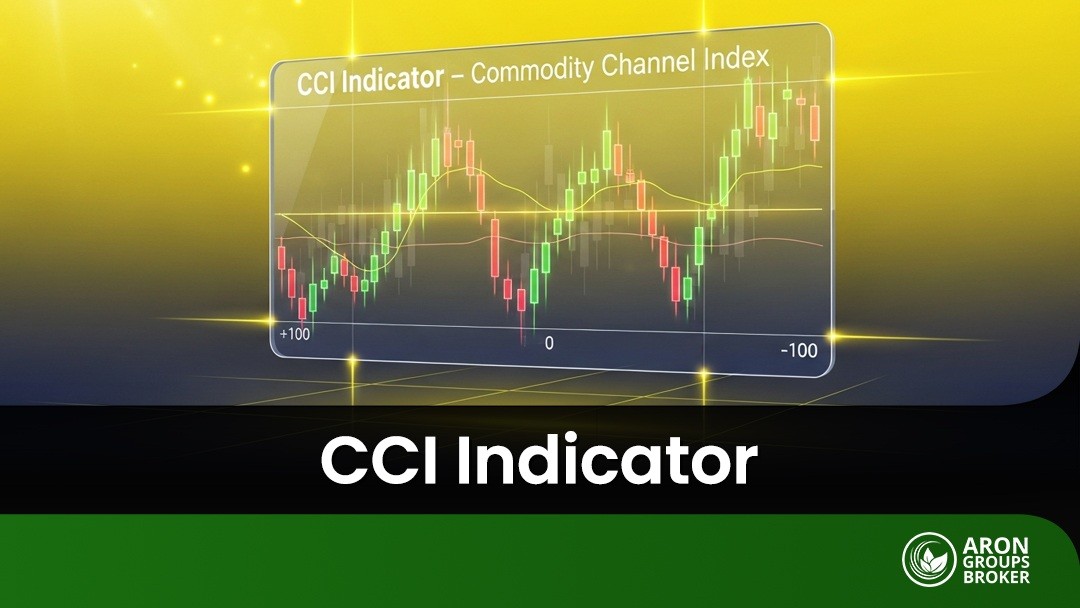Leverage in Forex trading is one of the most fascinating things about trading in this market, which attracts people to trade in Forex compared to other financial instruments. When you’re dealing with a broker and using leverage, you would be able to open a more prominent position with less money. The fact is many people have heard about the idea of using leverage in forex, but not everyone knows how leverage works and how it can directly impact your bottom line. So, we have decided to provide you with a complete guide about Forex Leverage to tell you everything you need before using margin in Forex. Stay tuned with us at Aron Groups. We will explore the benefits of using leverage for trading.
Table of Contents
What is leverage?
To put it simply, one should say that leverage is borrowed money that allows you to open more significant positions with less initial deposit. Leverage refers to borrowing a certain amount of money that you need to invest in any underlying asset. When trading in forex, you will be borrowing money from a broker, So you would be able to build open control over a considerable amount of money.
In order to be provided with leverage, you are supposed to deposit a margin, which acts as collateral. The broker will divide the total transaction value by the amount of margin you are required to put up to calculate margin-based leverage.
For example, if you are trying to use the leverage of 100 for opening a position of $100,000, You should ask your broker about the percentages required for you to deposit and provide the margin. For example, if you are required to deposit one person of the total trade value, in this case, you will be required to deposit $1,000.
In simple terms, one can say that leverage is the ability to control a large amount of money using zero or little of your own money and borrowing the rest.
read more: Which Forex Broker has the Highest Leverage?
What is margin?
In order to open a retail spot Forex trade, you need to open a margin account, which will provide you with leverage as well. As touched upon earlier, margin refers to the amount of money a trader has deposited into their trading account. You can count on it as collateral that allows you to borrow phones from your broker, buy assets, and control bigger investment positions.
Someone can say that the margin is the account balance deposited by you that acts as collateral for the borrowed money. Without providing margin, you wouldn’t be able to use leverage. Once you borrow money from the broker, the margin account will be locked, and when you’re leveraged trade is closed, your margin money will be freed up to be used again.
To make him more clear, consider that if you are using leverage, you’re not using all the margin you have in your trading account. On the other hand, when you don’t use leverage to open a Forex position, it means you’re on your own, and you have to use 100% of your margin.
You might see other margin terms in any trading platform, which force us to go through the detail and provide you with more information about these different “margins” definition:

Margin requirement
Margin requirement is the basic margin you will encounter when using trading platforms, and it is the same thing we have been talking about so far. It is the amount of money your broker requires you to open a position.
Account balance
It is a fancy phrase for your Trading bankroll. Account balance refers to the amount of money you have deposited into your trading account.
Used margin
Remember, we have talked about them. Will your margin be locked when using leverage? Used margin is the amount of money that your broker will lock up to keep your current positions open.
Usable margin
This is the amount of money you are allowed to use to open other positions.
Margin call
A Margin Call is a signal that tells you that the amount of money in your account cannot cover your position loss. When your balance falls below your used margin, you are required to deposit more money in your account; otherwise, your position will be closed by the broker at the market price.
Understanding leverage in forex
Let us be crystal clear: leverage or fantastic, but they are not designed for beginners. If you are not acquainted with the market and don’t know what exactly you’re doing in forex, you shouldn’t even come close to leverage. Leverage is a double sword that can bring you a fortune or wipe out your entire capital. If you’re not experienced, you shouldn’t even think about using leverage.
Considering your professional trader, you need to use leverage to enhance the profit from Forex trading. In this case, a professional trader with enough experience and knowledge of the market would like to open larger positions and multiply their profit. In this case, they can use leverage, which is borrowed money and a larger position. The amount of leverage you’re going to be provided depends mainly on the type of broker you’re dealing with. Most of the time, you can tailor the amount or size of the trade based on The Leverage you’re using. In any case, the broker will require you to provide a percentage of the trade value to be held in the margin account. The money you’re going to provide in the modern account is called the initial margin.
Risk of using leverage in Forex
Remember, we have to talk about the double-edged sword; here it comes: The Leverage has the power to enlarge your profits or losses by the same magnitude. The greater the amount of leverage you use, the higher the risk you take.
Let’s provide you with an example to help you understand and get the big picture. Let’s say we have two types of traders, Trader A and Trader B.
They both have $10,000 and are trading with a broker that requires a 1% margin deposit. Trader A decided to apply 50 times real Leverage on his trade, which is $500,000 worth of USD/JPY. Assuming that USD/JPY stands at 120, one pip hange for one lot is worth $8.30. Considering that $500,000 is equal to five standard lots, a pip in this deal is worth $41.50. So, if the price of USD/JYP rises to 121, trader A will lose $4,150, which represents 41.5% Of his total capital.
In the second scenario, Trader B is more careful and decides to go for five times real leverage on his trade. He opened a short position of $50,000 worth of USD/JPY. In this case, the value of the position equals 1/2 of one standard lot. So, if the price of the currency pair rises to 121, Trader B will lose 100 pips, which equals $415, and it means that Trader B will only lose 4.15% of his total trading capital.
To find out which brokers offer the best terms for this tool, read our article on Which Forex Broker has the Highest Leverage?.
Leverage ratios and what they mean
As we have said earlier, the initial margin required by brokers varies depending on the size of the position. The leverage a broker would provide you depends largely on the amount of money you are required to deposit as a margin in your trading account.
For example, if you are required to provide one percent of the transaction value as margin, then you are trading with 100:1 leverage; this means for opening a $100,000 trade, you are required to provide a $1,000 deposit.
To help you understand it better, let’s say that you should always think of the number on the left side of the ratio as the multiplier. The multiplier in the example above is 100, which represents the number of times you can leverage each unit of currency. For example, if you have $1,000 in your account, you would be able to use the leverage of $100,000.
The relation between Forex leverage and trade size
Every broker can require you with different margin requirements. Usually, brokers consider a more significant leverage for positions. For example, you might get a leverage of 200 for a position of $50,000 while getting a leverage of 100 for a position of $100,000.
Risk of using leverage
Remember that forex is a risky business, and the market is so volatile. However, it is crucial to learn how to make money using leverage if the currency on the line of one of your trades moves against you. Leverage will amplify the potential losses. To avoid a catastrophe, you should think about using strict trading strategies, including stop-loss orders, to avoid further losses. Stop loss order allows you to exit a position at a certain price level and reduce potential losses.
How much leverage should you use?
There is no straight answer to this question because Traders are different, and they use different strategies with different personalities. Many different factors can vary depending on each trader’s individual trading goals.
As a rule of thumb, it is recommended to use less leverage, which gives you more control over the risk and reward ratio. You should think about leverage, considering your financial suitability, investment objectives, time frame, risk tolerance, trading budget, and trading time.
In a nutshell
Leverage is risky, and you shouldn’t be thinking about using it unless you have enough experience trading in forex. But it doesn’t mean you have to be afraid of leverage because once you have learned how to manage it, you will be able to multiply your profit and enjoy the market. Try to learn more about forex by using the Aron Demo account and build up your experience. You should handle leverage carefully at first, but when you learn how to work with it, you will have nothing to be worried about. It is recommended to start with small leverage to avoid significant losses. Remember that you can always customize leverage to your needs. Stay tuned and learn more about leverage and forex in one place.




















